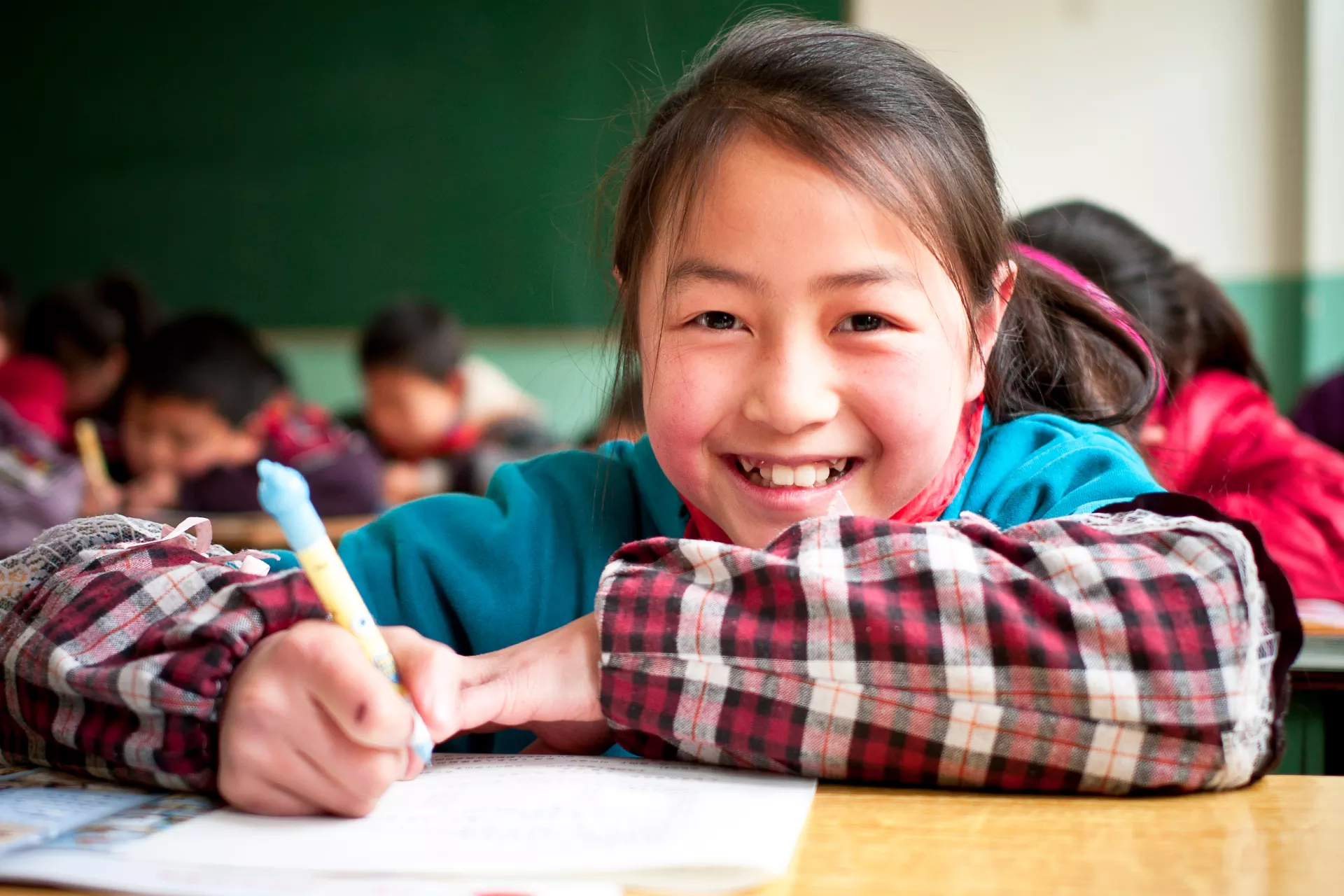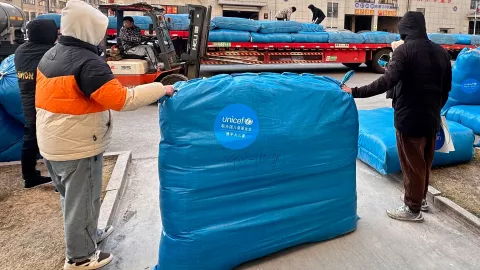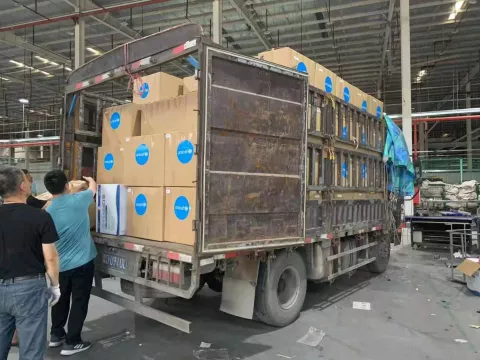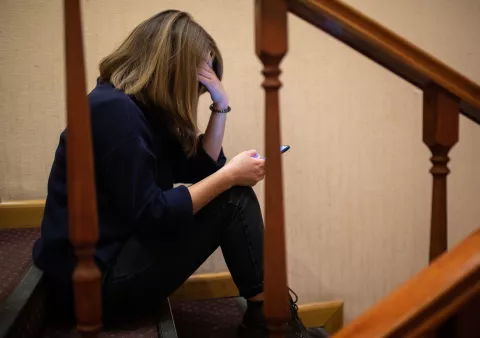School-Based Psychosocial Support
Sichuan Earthquake Three Year Special

- Available in:
- 中文
- English
UNICEF assessments conducted during the reconstruction period found that many children and teachers continued to suffer symptoms of psychosocial stress, with symptoms including withdrawal, anxiousness, fear, denial and depression. With schools consolidated and reorganized after the earthquake, and students moved around, often to schools where teachers were not familiar with them, the needs for psychosocial support were enormous.
Recognizing that schools are both a place for learning and a place for children to overcome the psychosocial stress of emergencies, UNICEF supported training for teachers and principals to help them recognize signs of distress or impaired daily functioning among their students. Today, all 60,000 children aged 6–12 in Beichuan, Qingchuan and Shifang, three of the most severely affected counties, are able to regularly access psychosocial support.
According to Xiong Tingjun, the principal of Leigu Central Primary School, “It was chaos after the earthquake. I was so busy at that time, and didn't really understand psychosocial support, so I thought it was of secondary importance. After participating in UNICEF-supported training, I realize now that psychosocial rehabilitation is crucial to the reconstruction of a society. It is especially important for children.”
More than 100 students in Leigu Central Primary School were identified as exhibiting signs of psychological distress. In order to help these children recover, a room was set up at the school for trained teachers to provide the children with psychosocial support and counselling. Today, most of the students have recovered.
At Yongchang Primary School, fifth-grade teacher Dong Jing said, “Before receiving the UNICEF training, I didn't know how to provide psychosocial support to my students. With the training, I've learned to improve my listening and communication skills and help students to deal with the pressures that they feel after the earthquake. The training helped me to help the children.”




